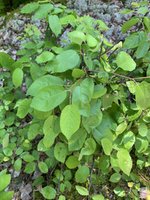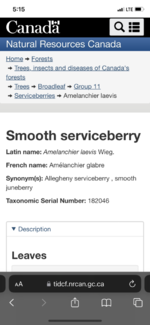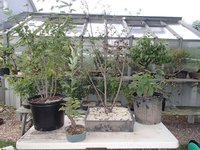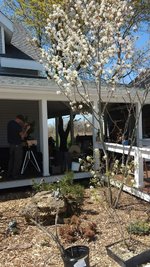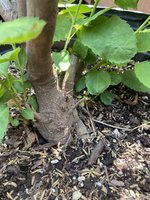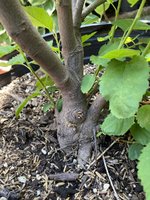Kanorin
Omono
Are you looking for a bonsai that has...
The ability to tolerate cold (Most can handle zone 4 in the ground...some species can even go colder)
Flowers
Fruit
Nice fall color
The ability to tolerate full sun or partial sun
Bark that roughens up with age
...then you should try out a serviceberry for bonsai. @Leo in N E Illinois has sung their praises and has worked with them for a few years at least. I think this is going to be among the best genus of trees for bonsai from north america. Let's experiment with them and learn more!
I acquired two of these this year.
One I collected from the Ozark area of southern Missouri - likely an Amelanchier arborea
One nursery stock I picked up last week - an Amelanchier x grandiflora 'Autumn Brilliance.' This one might be grafted based on the leaves coming out of the suckers. I'll post some pictures soon.
The ability to tolerate cold (Most can handle zone 4 in the ground...some species can even go colder)
Flowers
Fruit
Nice fall color
The ability to tolerate full sun or partial sun
Bark that roughens up with age
...then you should try out a serviceberry for bonsai. @Leo in N E Illinois has sung their praises and has worked with them for a few years at least. I think this is going to be among the best genus of trees for bonsai from north america. Let's experiment with them and learn more!
I acquired two of these this year.
One I collected from the Ozark area of southern Missouri - likely an Amelanchier arborea
One nursery stock I picked up last week - an Amelanchier x grandiflora 'Autumn Brilliance.' This one might be grafted based on the leaves coming out of the suckers. I'll post some pictures soon.

